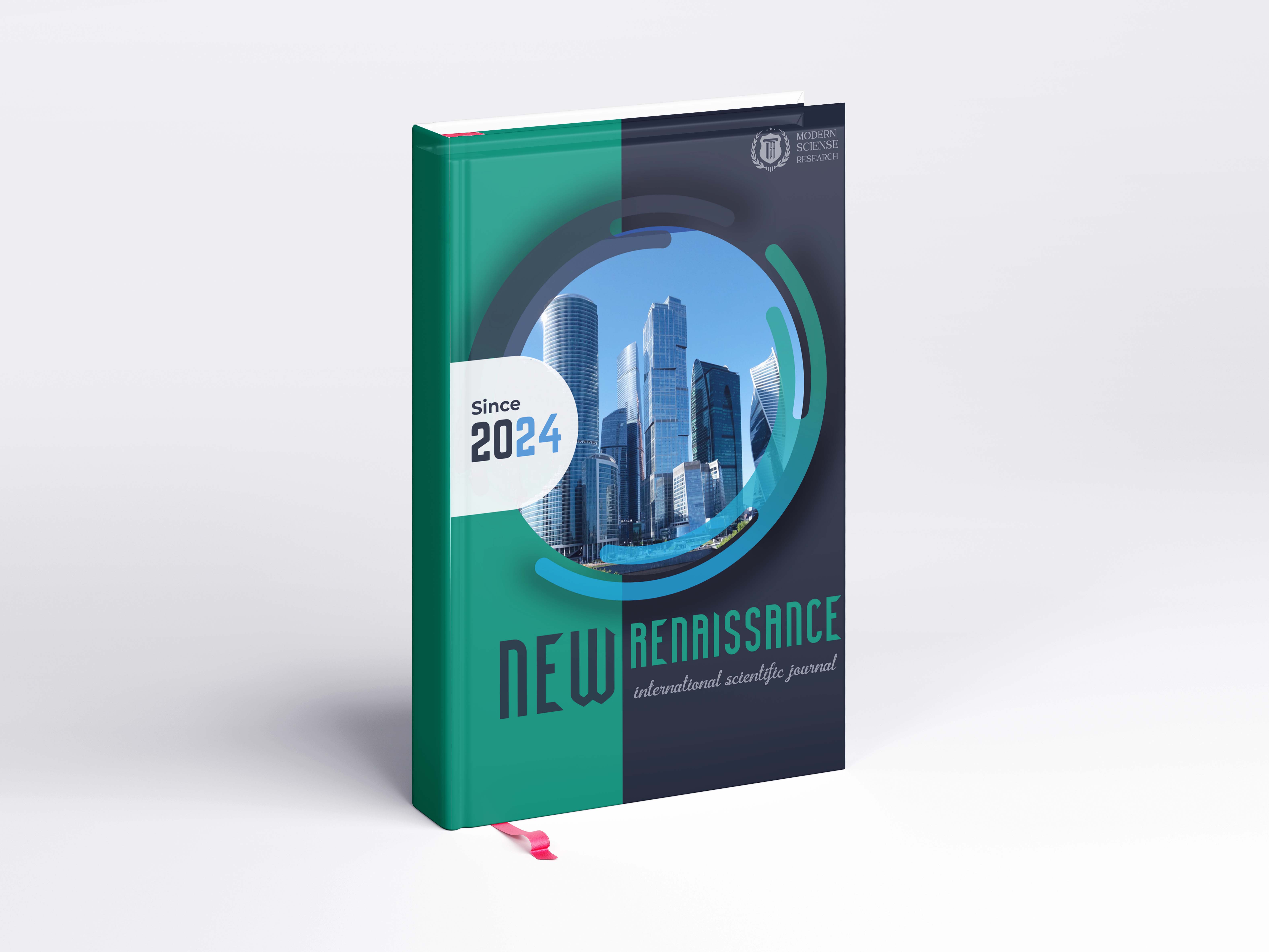Abstract
In recent decades, Central Asian countries have witnessed significant demographic changes, most notably a pronounced youth bulge. With a large proportion of the population under the age of 30, the region is facing mounting pressure to provide adequate employment opportunities and a responsive education system. This paper analyzes the economic and social implications of the youth bulge in countries such as Uzbekistan, Kazakhstan, Kyrgyzstan, and Tajikistan. Using demographic and labor market data from national and international sources, it explores the challenges of youth unemployment, skill mismatches, and outward labor migration. The findings highlight both the potential for a demographic dividend and the risks of prolonged underemployment. Policy recommendations focus on aligning education with market needs, expanding job creation, and supporting youth entrepreneurship. Without swift intervention, Central Asia risks losing a vital opportunity to turn its youthful population into a driver of economic growth.
References
United Nations Population Division. World Population Prospects 2022.
International Labour Organization (ILO). Youth Employment Trends in Central Asia.
World Bank. “Jobs Diagnostic for Uzbekistan,” 2021.
Kazakhstan Bureau of National Statistics. “Demographic Yearbook,” 2023.
UNICEF. “Adolescents in Central Asia: Lost Potential or Agents of Change?” 2022.
Ministry of Labour and Social Protection, Uzbekistan. Youth Employment Data, 2022.
OECD. “Skills Mismatch in Emerging Economies: The Case of Central Asia,” 2021.
European Union. “Education and Employment Programs in the DARYA Region,” 2022.
Shahnoza, K., Umurzak, C., & Azamat, Z. (2023). The Significance of Artificial Intelligence in the Development of Science, Education and the Digital Economy. Best Journal of Innovation in Science, Research and Development, 2(11), 88-92.
Nasirova, Sh N., A. Artikov, and A. F. Isakov. "Computer simulation of the flotation process taking into account the hydrodynamic structure of interaction flows." Central Asian Problems of Modern Science and Education 4, no. 2 (2019): 555-565.
